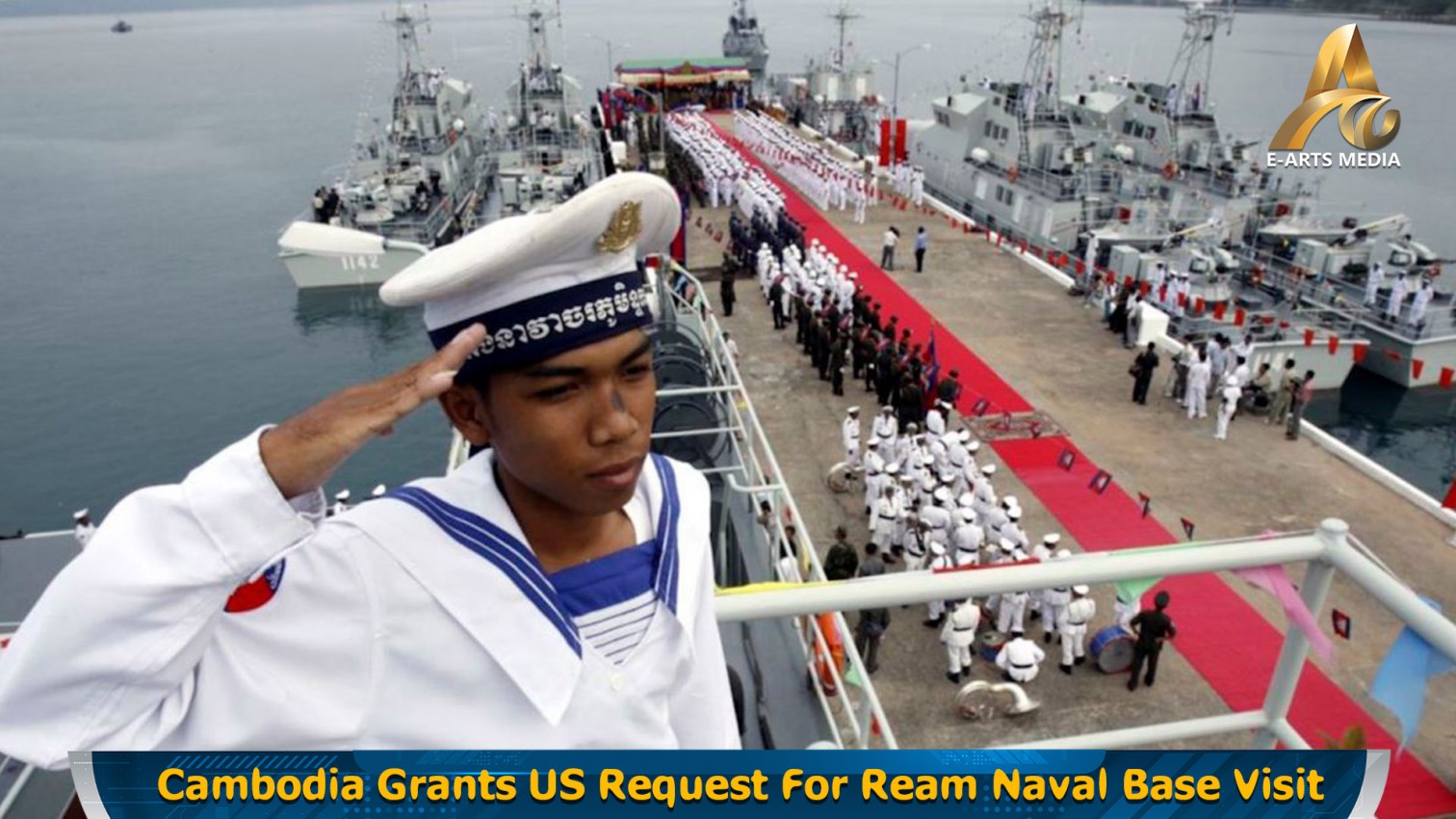SIEM REAP: The APSARA Authority has warned tourists against interacting with an increasing number of monkeys who live at the Angkor Wat Temple Complex. The monkeys often display aggressive behaviour and incidents are increasing as they move from the forest, to the tourist-dense areas where they are more likely to find food.
A 39-year-old Thai tourist was bitten recently and the APSARA tourism team provided first aid, including an injection.
APSARA tourism agent Chan Samnang cautioned guests against feeding the monkeys at the park, which makes the animals more accustomed to humans and less likely to rely on their own instincts. He noted that monkeys have been known to bite people and snatch their items and that some monkeys who were kept as pets are illegally dumped at the park.
In February, the APSARA Authority requested the public to stop feeding the monkeys in pursuit of a photo opportunity so that they can live naturally and not rely on human feeding. The monkeys in the park are known to disturb visitors in their ruthless pursuit of human food, sometimes resulting in bites. A press release from three animal protection NGO’s that same month requested an end to the “persecution, exploitation and abuse” of monkeys at Angkor Wat, a popular UNESCO World Heritage Site and also a monkey sanctuary.
The number of semi-domesticated monkeys living in the Angkor area has increased significantly with the increase in tourists. Many of them are completely reliant on human food, posing serious risks to animals and humans alike.

























